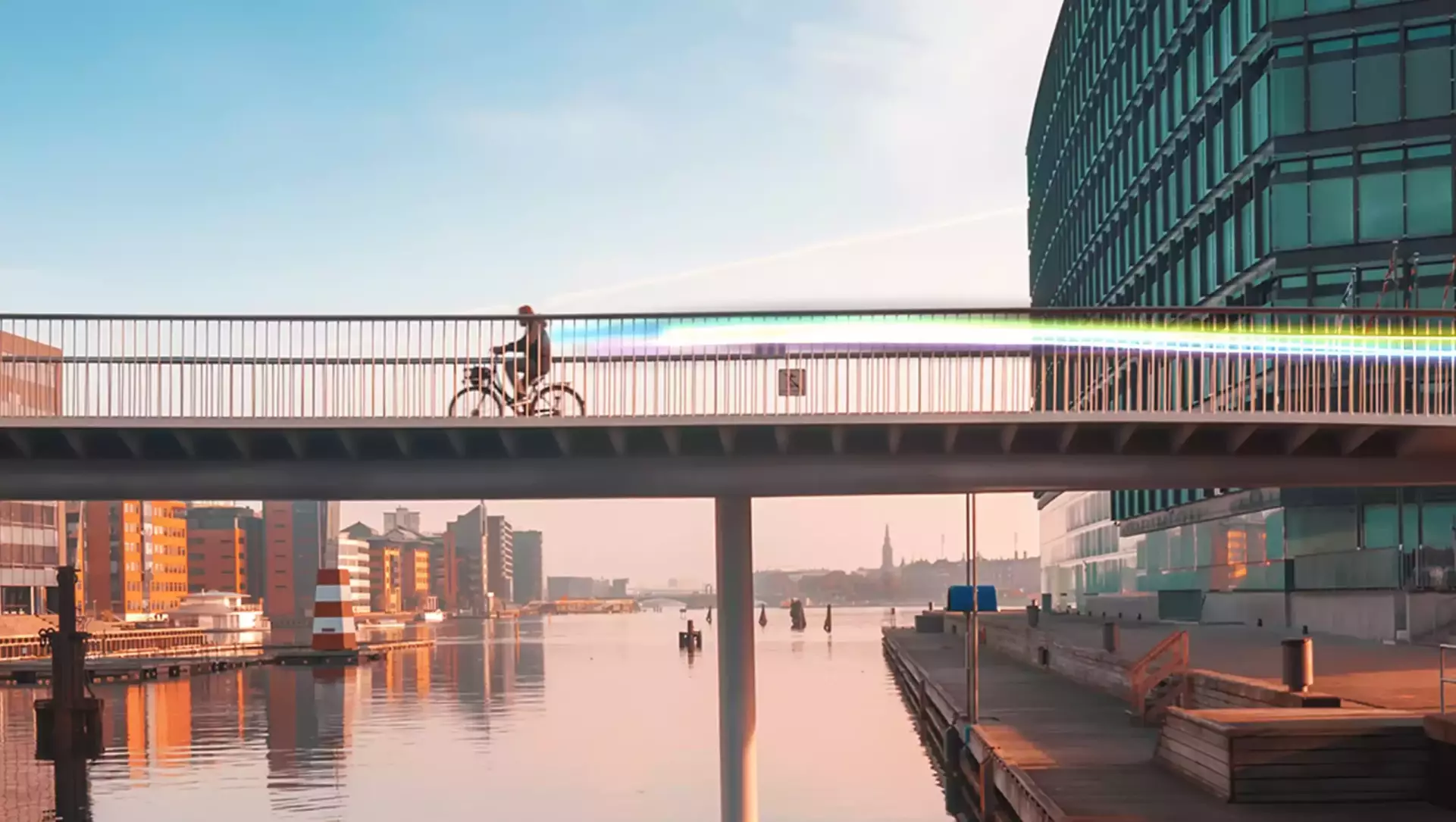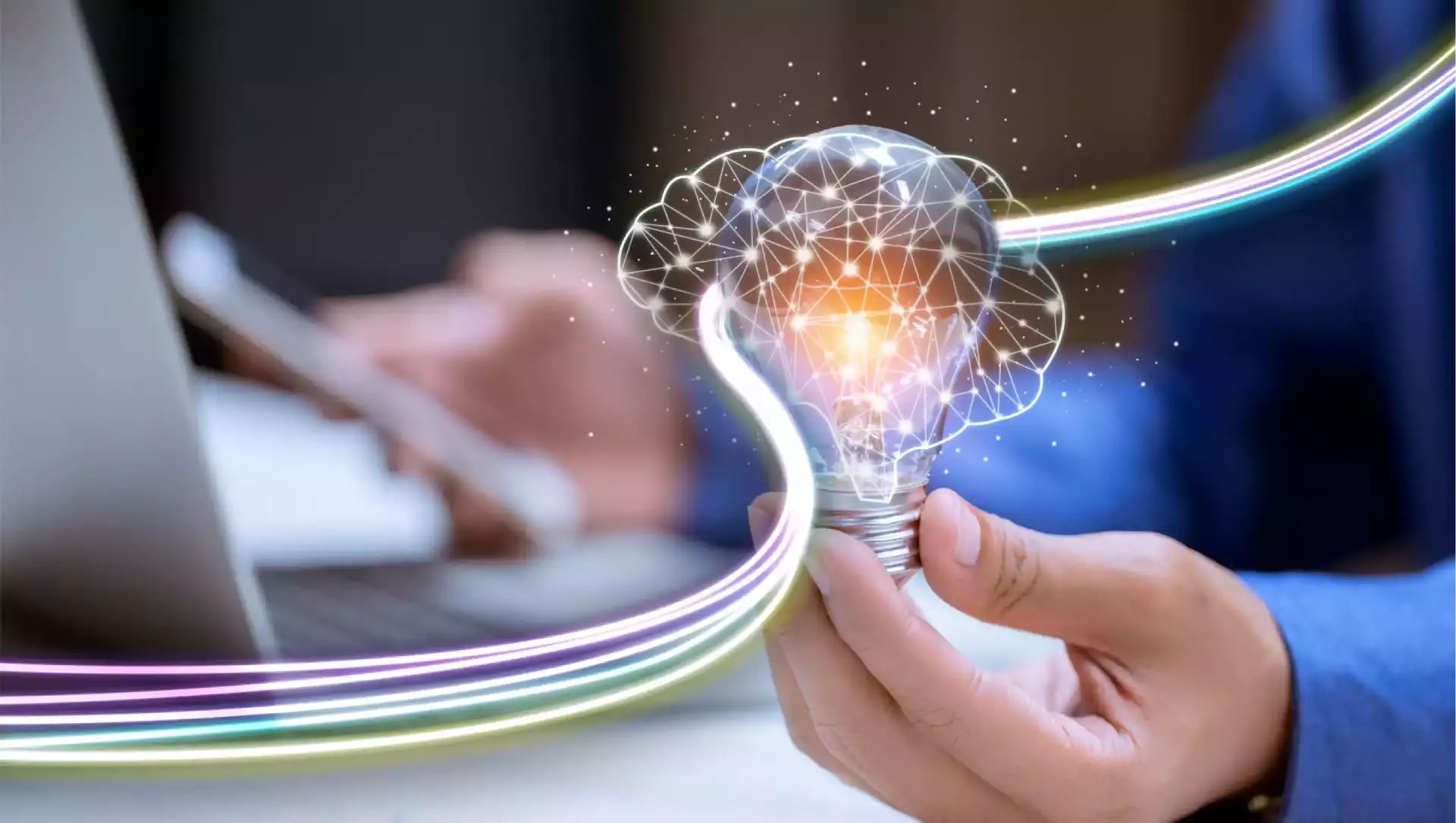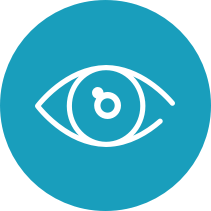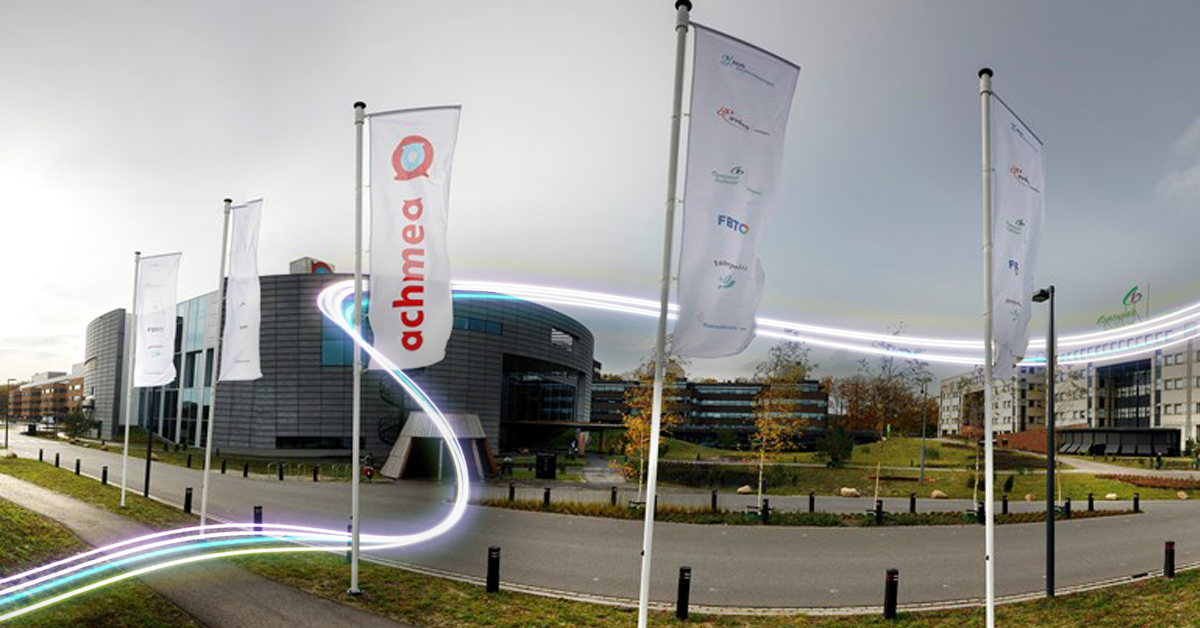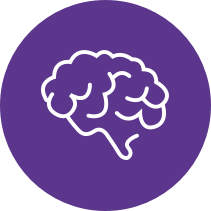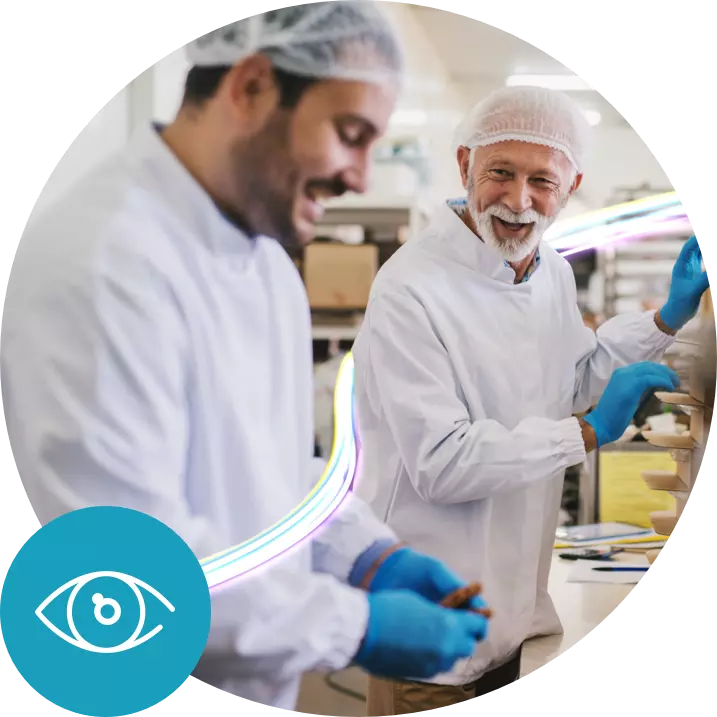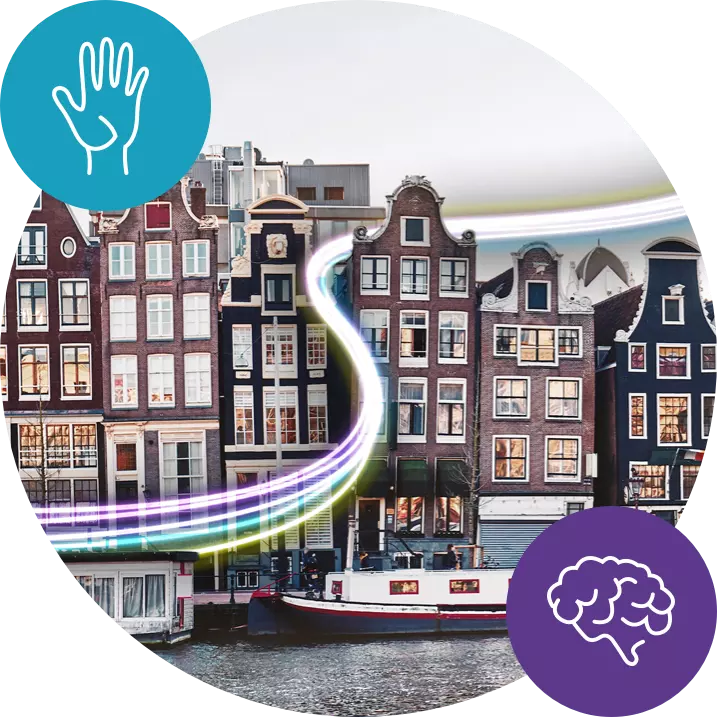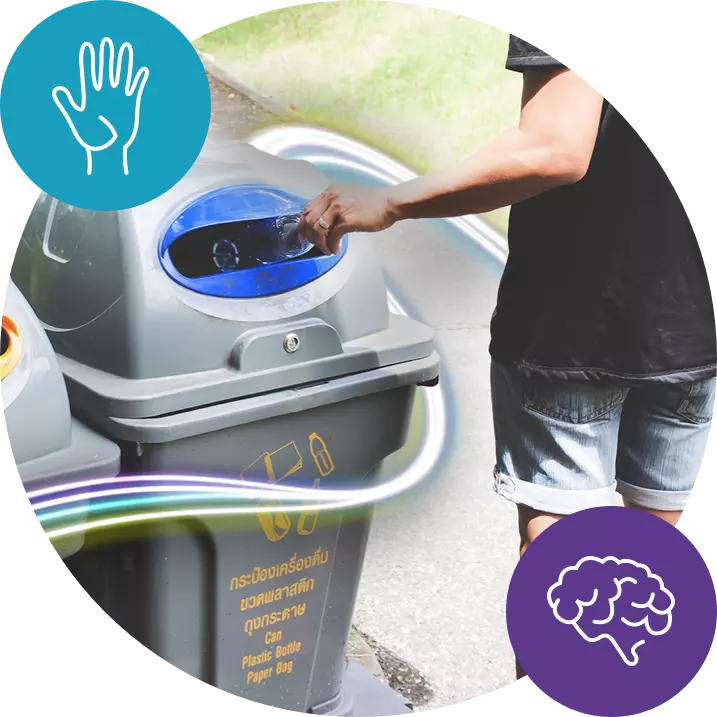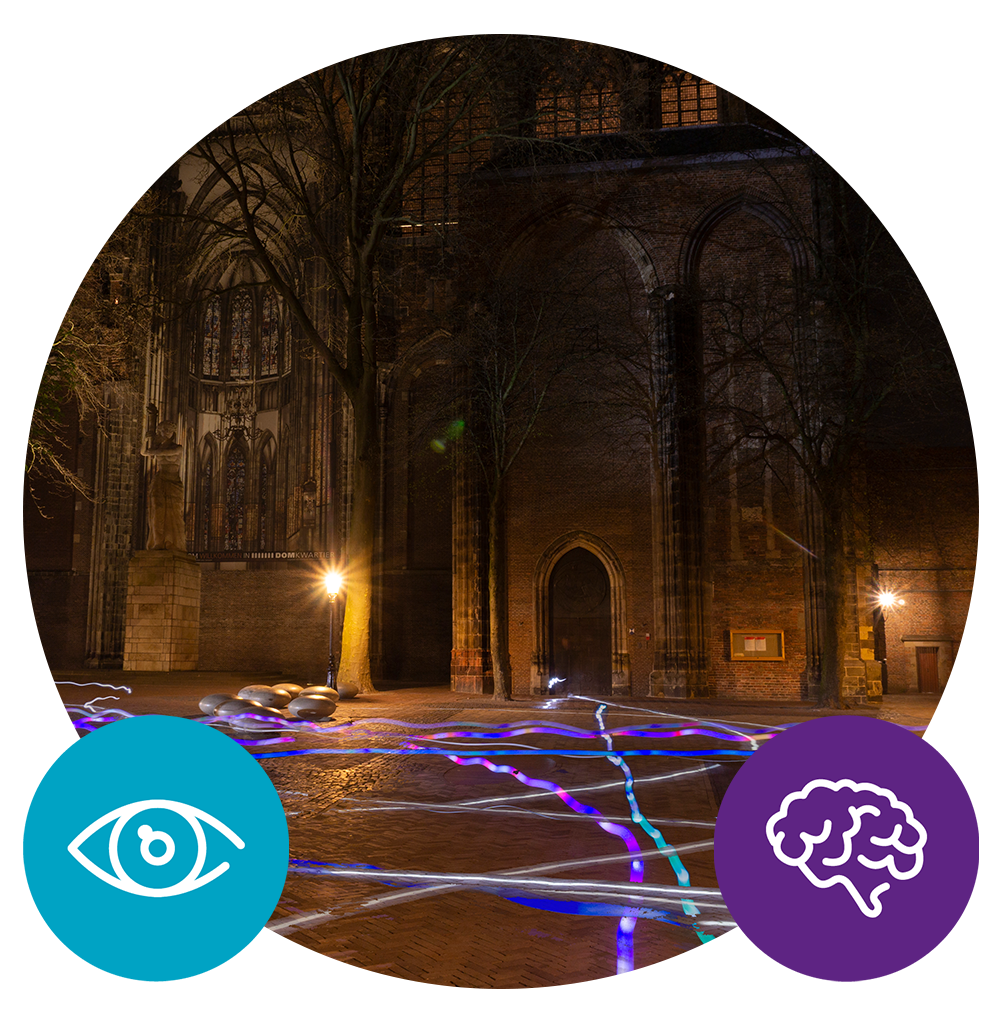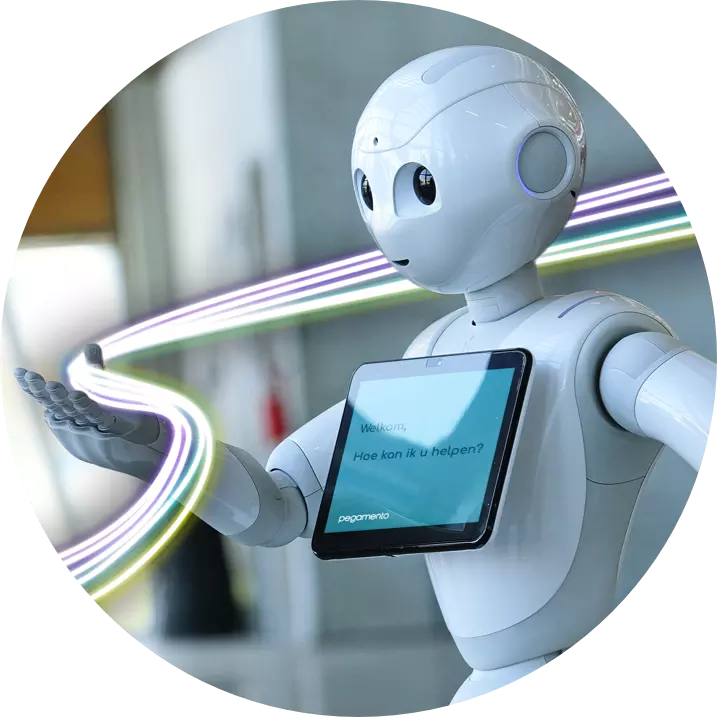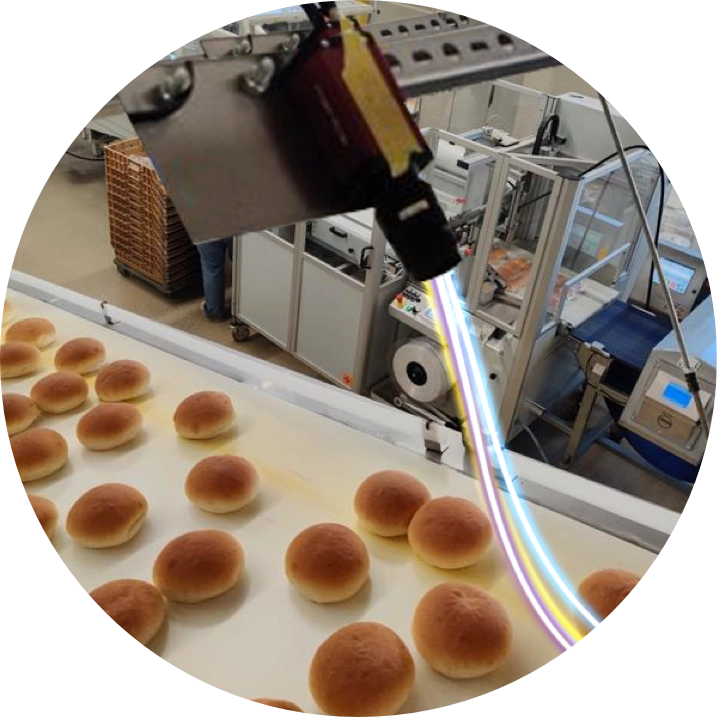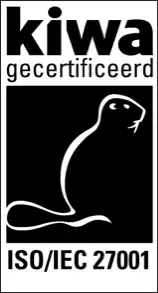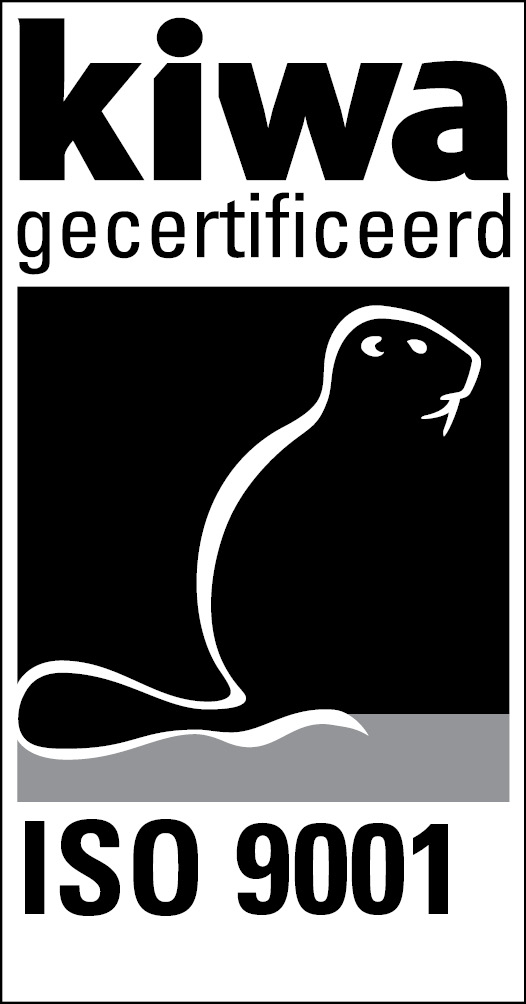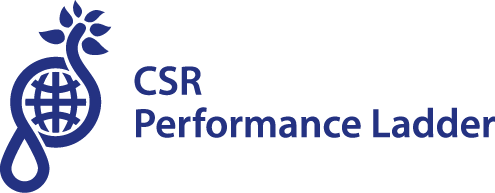ChatGPT. It's a word you've probably seen a lot on your LinkedIn timeline lately: a language model based
Easier and smarter contact for and by professionals with

Brief practical examples
Here are some brief practical examples to give you a better idea of what Pegamento can deliver:
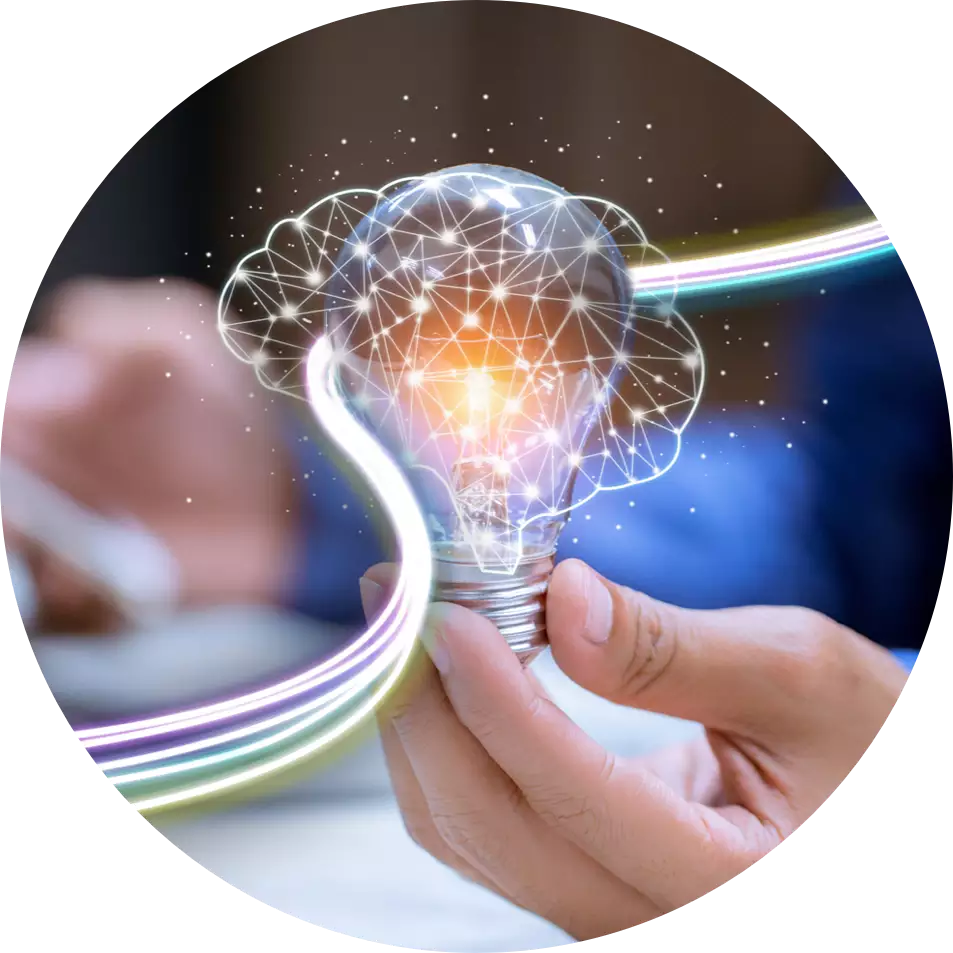
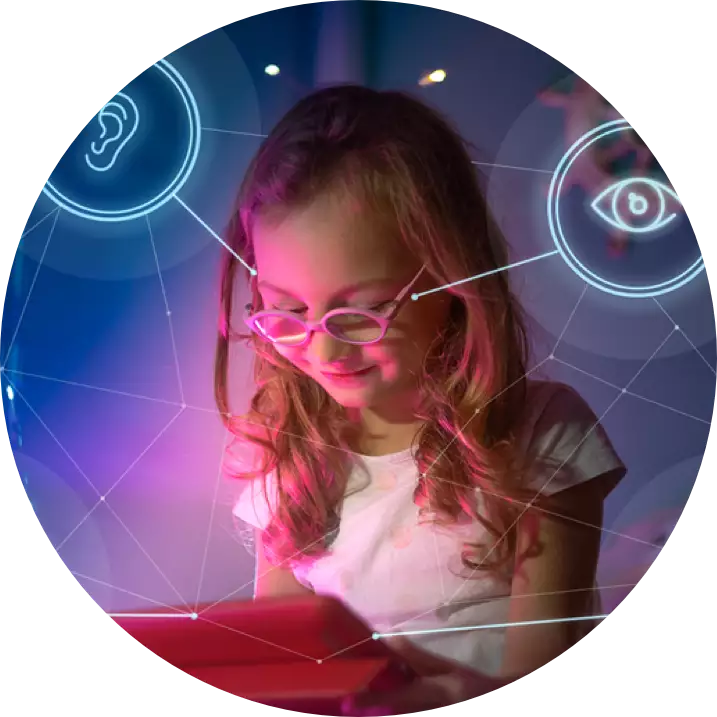
Pegamento the sensory business
Pegamento is home to diverse talents. Because these can be broad, it is difficult to give them a label. This is why Pegamento talks about senses. Seeing, hearing, feeling, smelling, and tasting. With the epicentre of these senses being: the brain. Each sense stands for a skill/application with which Pegamento has completed a successful project. Want to know more about how Pegamento uses its senses and which senses stand for skills/specialties? Then read more here:

